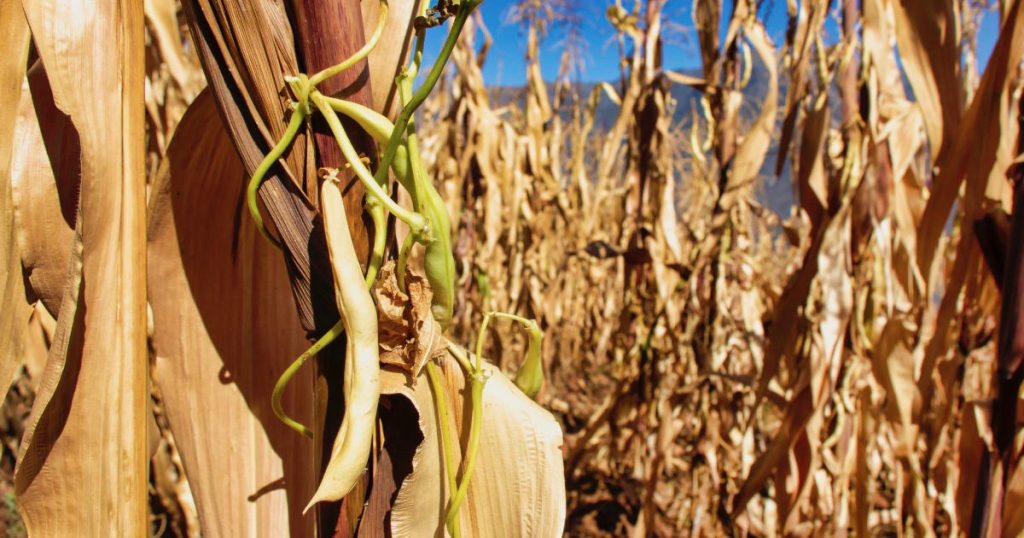
Peruvian Popping Beans, also known as Nuna Beans, originated and have grown only in the Andes Mountains. It is a very peculiar subspecies of the common bean (Phaseolus vulgaris) that pops when exposed to heat and thus it is eaten roasted (or parched). These beans have a mild and floury texture with a delicate flavour. Nutritionally, Peruvian Popping Beans provide protein, carbohydrates and fibre. Unfortunately, this crop never made its way into other regions around the world and instead, its cultivation has stayed mostly at the peasant farming level satisfying local demand among the Andean inhabitants. Compared to other crops, that also originated in South and Central America, such as corn, peanuts and other common beans, and that have grown into billions of dollars and millions of metric tons commodities; popping beans are still cultivated -by few thousands of native farmers- in small quantities in just some regions in the Northern and Central Andes between 2,500 and 2,800 meters above sea level.
Planting
In order to produce these very unique beans, manual farming tools, labour-intensive practices, and traditional agricultural techniques are put to use. Intercropping corn and popping beans is a technique that has always been used. Preparing, plowing and tilling the fields is done during the month of November, therefore in December and also during January is when planting the seeds happens. Farmers plant popping beans in a random pattern by throwing seeds into the plowed field.
Growing and Harvesting
It takes about 180 days for popping beans to grow and reach the dry stage when the pods are dry and brittle and the seeds are hard. Harvesting goes from July through August depending on what month the beans were planted. Peruvian Popping Beans yield is between 1,300 to 1,500 kg per hectare (ha) or per 2.47 acres.
Deja una respuesta